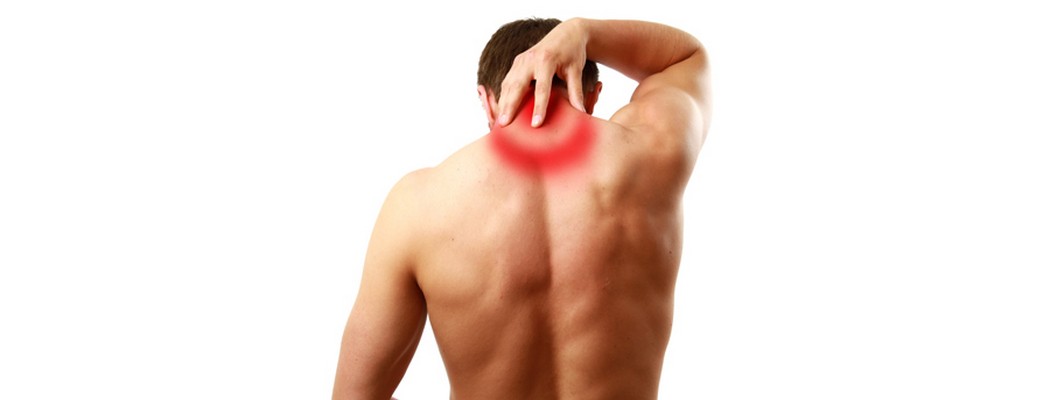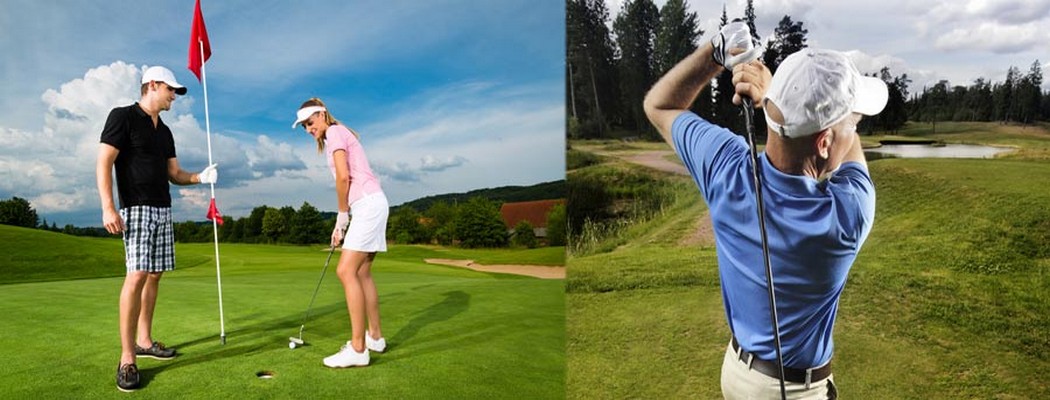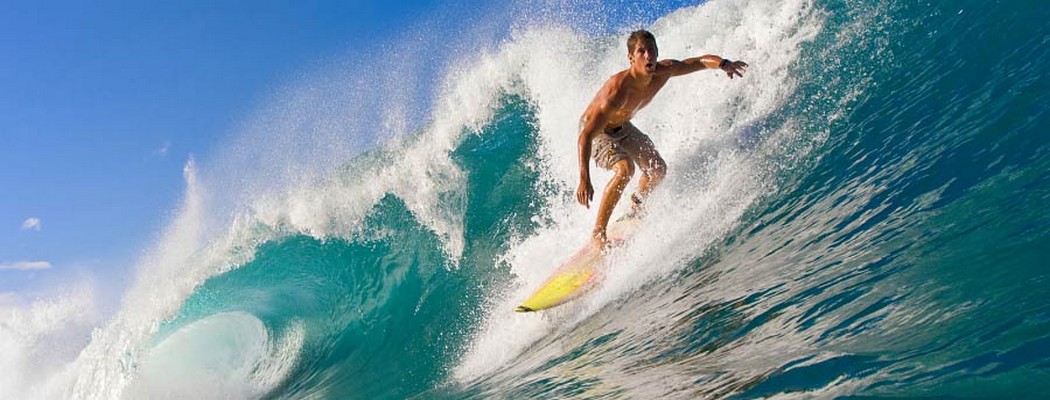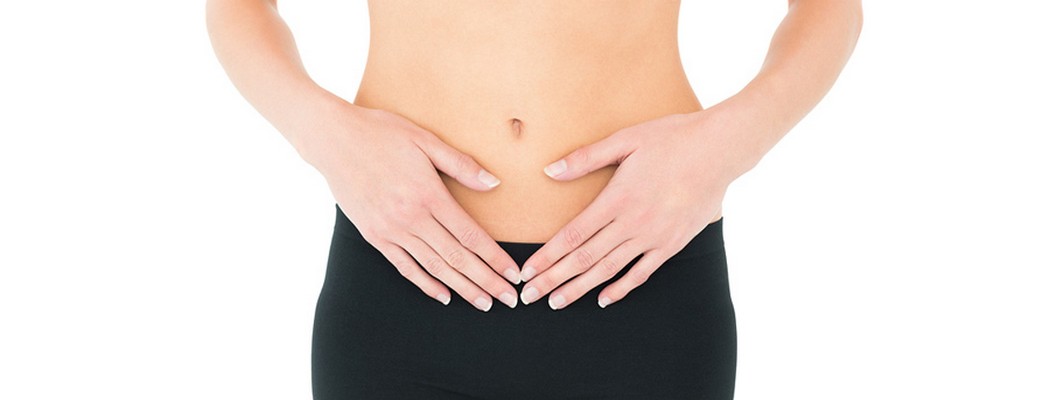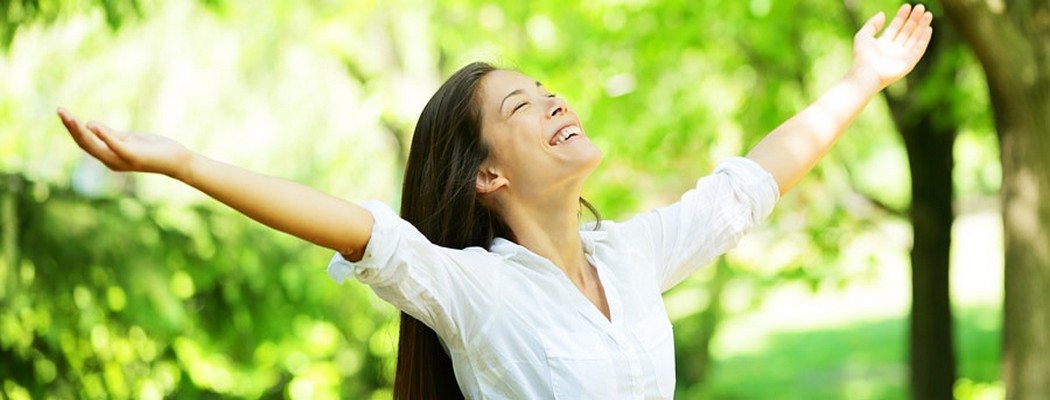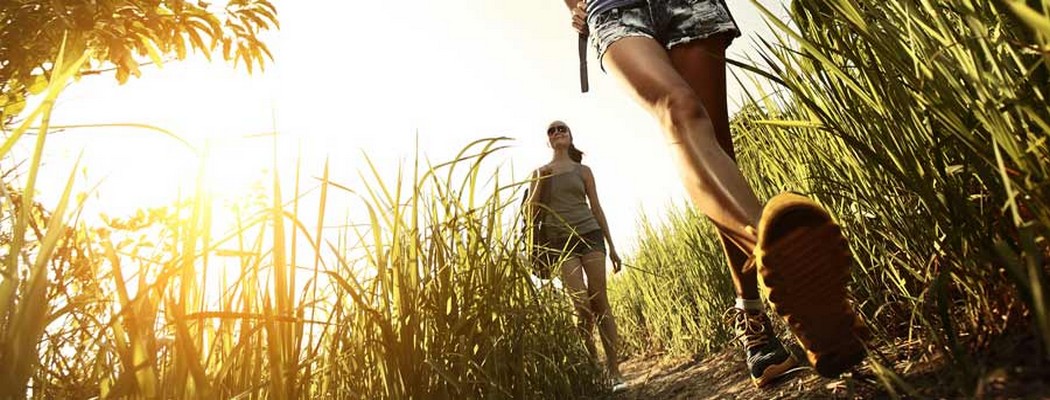Physical therapy in Ventura for Skiing
Welcome to Globerman Physical Therapy's guide for selecting alpine skiing gear.
We recommend a few general considerations for selecting your gear in order to stay comfortable and help minimize injury while skiing. A lot of gear is required for skiing, so if you only ski a couple of days per season, or you prefer not to cart excess luggage to your ski destination, or you are a beginner or want to try different gear before you buy, then renting ski gear is a good option. Nowadays, new season skis are often available for rent for a little extra cost, and ski technicians in the rental stores will be able to help you fit boots and get the right skis for your ability, your size and skiing plans.
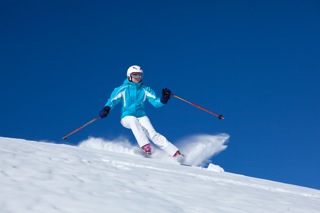
Skis and bindings:
If you are a beginner, (hire) rent your skis with bindings already attached. Your ski technician at the rental shop will help you select the right skis and will fit your boots to your skis, based on your body weight, skiing experience and plans. Beginners will usually be fitted with shorter skis that are relatively easier to turn than longer skis. These skis will usually reach from the floor to somewhere between your nose and your forehead. Make sure you know how to fasten and adjust your boots and get your feet (in the ski boots) in and out of the binding before you leave the rental shop.
If you prefer to purchase skis, you will probably still want to rent until you are familiar with the skis that suit you, and to try out different brands. Look out for shop demo days where you can test run new skis. If you are experienced and like to go fast, your ski will likely be longer. Longer skis will also help with flotation on powder snow. Don't forget to take your ski boots with you when purchasing skis, so that the bindings can be fitted and adjusted for you by the ski technician.
Ski poles:
Ski poles help you to maintain your balance on the slopes. Generally speaking, to select the correct height poles for you, turn the pole upside down and rest it on the floor. Place your hand under the pole basket, your elbow should be 90 degrees. This may differ slightly if you have long or short arms relative to your body height, in which case you may want to try a few different sizes while skiing. If your ski poles are too short your balance may shift too far forward as you plant your poles in the snow while turning. If your poles are too long, your balance is likely to shift too far backward increasing your chances of a fall.
If you are purchasing poles, you'll have already established the correct height pole by testing rental poles first. The choice of alumnium or composite poles will largely be based on preference. Composite poles are lighter and more resistant to bending, but some people like the feel of a heavier alumnium pole. Small baskets on poles are good for hard-packed ski slopes, while big baskets don't get left behind in powder snow.
Ski Boots:
Ski boots should fit snugly all around the foot. There should be just a little toe wriggling room when the boots are fastened and your knees are bent. Loose boots will reduce your control over your skis. Boot lining packs down during skiing, so make sure you don't have excess space in your boots, especially if you are buying new boots. Boots can usually be modified to give you extra space later, but it is difficult to make boots smaller. If you are renting boots, point out any foot anomalies you might have, so that the ski technician can adjust your boots to make sure you are comfortable. You may need to try on several different boots, different brands, or male and female models, to get a good fit. If you have the option to rent boots at the ski hills, this is a good option, if your boots get uncomfortable you can have them adjusted or swapped during the day.
Don't tuck your ski pants into your boots, it will create an area of pressure that will likely make you uncomfortable.
Socks:
For comfort wear only a single pair of socks, preferably socks that extend above the top your ski boots. If you ski often technical ski socks are a good investment. Ski socks are thin and made of material that wicks moisture away from your skin. Some cushion key areas of your foot to help prevent blisters.
Helmets:
Ski helmets reduce the risk of head injury by at least 29%. (Ref: http://www.csa.ca/cm/ca/en/search/article/alpine-helmet-standar-make-skiing-and-snowboarding-safer, 2005 ) They have become popular with expert skiers and children. Keep in mind that while you wear a helmet your hearing may be reduced.
Ski helmets are insulated and provide impact protection, but only if they fit your head. Once fastened, your helmet should not move around your head when you turn your neck. Don't buy helmets to grow into.
Buy a helmet that has been accredited by the Canadian Standards Association (C.S.A.) as shown by a sticker on new helmets. Prior to the 2009-2010 ski season the C.S.A. accreditation program was not in effect for ski helmets. If you own an old helmet, check if your helmet is designed for single-impact use, or multiple-impact. If it is designed for single-impact and you've had a crash, it's time for a new helmet. Damage to the interior of the helmet may not be visible.
Goggles or sunglasses:
Whatever the weather, you'll need some kind of eye protection. Even on overcast days, you'll be exposed to UV light, not only from above, but also reflected from the snow. For skiing in mild conditions sunglasses with 100% UV protection are usually adequate. For colder conditions or in snow, wind or rain, goggles offer better eye protection. Select goggles with 100% UV protection for daytime skiing and untinted goggles for night skiing, so you can see the bumps and icy patches.
Clothing:
You'll need three layers of clothing for alpine skiing - a base layer such as thermal underwear (top and bottom), an insulating layer such as a wool, fleece, polypropylene or fibre-pile sweater, and a protective layer (top and bottom) that is wind and waterproof. Weather conditions can change quickly and so can your body temperature - one minute you are hot from the exertion of skiing, the next minute you are cold in the wind on a chair-lift that has stopped. Even in dry skiing conditions, chances are you'll end up with more than your skis in the snow - making waterproof gear necessary at all times.
Ski suits or jackets and pants are made from material that keeps water out and allows your skin to breathe. These outer garments are sometimes available for rent.
If you are not wearing an insulated helmet, most ski days you'll need a hat (touque or beanie). Select a hat made of fleece that covers your ears.
Gloves or mittens:
Ski gloves or mittens protect your hands during a fall and keep your hands warm. Select waterproof gloves or mittens that wick moisture away from your skin. Mittens may take away some dexterity, but they tend to keep hands warmer in cold conditions.
Sun and wind protection:
Apply sunscreen and lip balm before you head outdoors for skiing. Keep sunscreen in your pocket to reapply as directed on the tube. If you choose not to wear a helmet or hat, wear a cap in mild conditions. Even if the day is not windy, you will be traveling at high speeds in cold weather and a wax-based skin protector can help protect against frost bite and wind burn.
Hydration
Keeping hydrated will help you stay alert while skiing, may help to prevent muscle cramps and will help your post ski recovery.
The easiest way to meet your hydration needs is to use a hydration backpack. We recommend that you drink about 300-400 mL before you ski (ref: http://www.ausport.gov.au/sportscoachmag/nutrition2/pre-event_nutrition, and 250mL (1 cup) of water or sports drink every 20 minutes of skiing and for one hour after you ski. Your fluid requirements will vary depending on the environmental conditions and your body size. To check that you are adequately hydrating, you can weigh yourself before and after you ski. If your weight remains the same then you are likely to be well hydrated.
If you are a beginner and don't want to purchase a hydration pack, you can keep a regular back pack with drinks in a central location, or take cash to purchase drinks and make sure you stop for regular drink breaks throughout the day.
